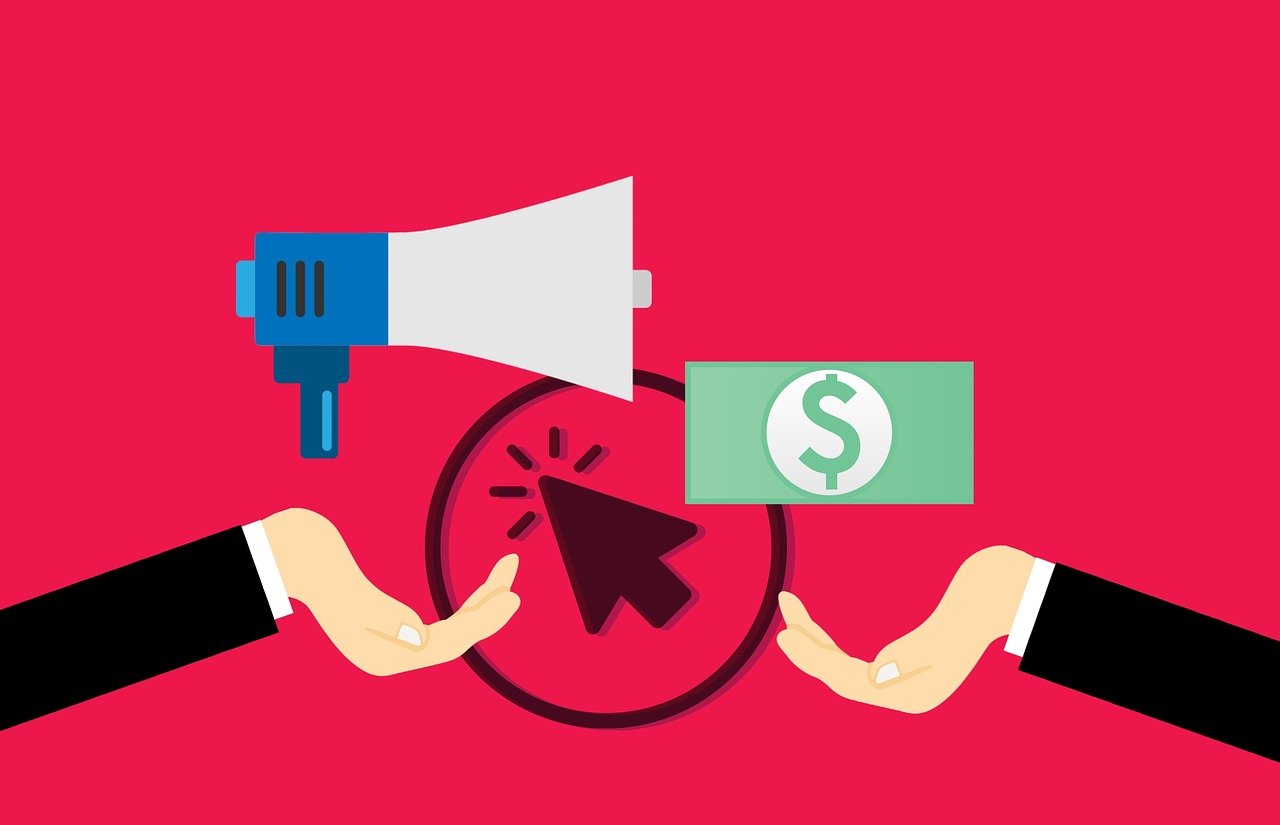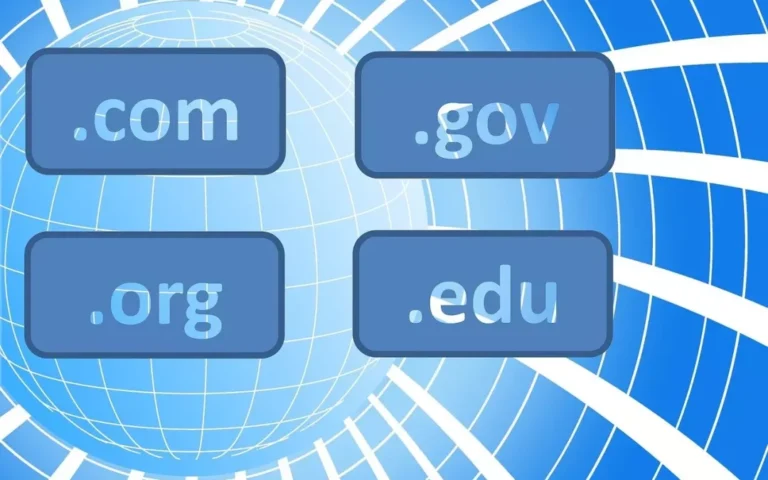How to Use Google AdWords & Facebook Ads to Reach Your Target Audience
Reaching your target audience efficiently is crucial for your business success in this digital age. Paid advertising strategies or PPC campaigns, such as Google AdWords and Facebook Ads, offers a direct and effective way to connect with potential customers and drive traffic to your website. However, the key to maximizing this investment lies in using the right strategies.
Whether you’re considering Google AdWords or exploring Facebook Ads, or other Ad networks, here’s a step-by-step guide to ensure your campaign targets the right audience and generates measurable results.
Step 1: Define Your Target Audience
Before launching a paid advertising campaign, it’s essential to clearly define your target audience. Who exactly are you trying to reach? Consider key demographics such as:
- Age and gender
- Location
- Interests and hobbies
- Purchasing behaviors and online activity
Having a clear understanding of your audience will ensure that your ads are delivered to the right people, those who are more likely to be interested in your product or service and those who can take the action you desire. This focus increases your chances of conversion and makes your advertising budget work harder for you and become profitable.
Step 2: Choose the Right Advertising Platform
Different advertising platforms cater to different types of audiences. The platform you choose will depend on who you’re trying to reach and the type of engagement you want. Let’s look at Facebook and Google platforms respectively.
- Facebook Ads: Best suited for targeting audiences based on demographics, interests, and behaviors. You can fine-tune your audience and ensure that your ads are shown to people who align with your brand.
- Google AdWords: A strong option if you want to target users who are actively searching for specific products or services. This platform allows you to connect with users based on their search queries, using highly relevant keywords.
Selecting the right platform is critical to reaching your target audience efficiently.
Step 3: Create Compelling Ad Copy and Visuals
Once you’ve selected your platform and audience, it’s time to create the content of your ads. This is where you need to grab the attention of your audience and encourage them to take action.
- Visuals: Make sure your images or videos are high-quality and relevant to the message you want to convey.
- Ad Copy: Use concise, clear language that speaks directly to your audience’s needs. Your copy should include a compelling call to action (CTA) that tells the viewer exactly what you want them to do next, whether that’s visiting your website, signing up for a newsletter, or purchasing a product.
Effective ads are those that not only catch the eye but also deliver a message that resonates with the viewer.
Step 4: Test and Optimize Your Ads
A successful paid advertising strategy or campaign doesn’t stop at launching your ads. It’s essential to continually test and optimize them to ensure they’re delivering the best results possible.
Regularly run A/B tests to determine which versions of your ad copy, visuals, or CTAs perform better. Analyze your results using tools like Google Analytics or Facebook’s ad reporting to measure performance. This way, you can make data-driven decisions and refine your ads to improve their effectiveness over time.
Step 5: Use Relevant Keywords
When using platforms like Google AdWords, your choice of keywords is crucial to reaching the right audience. Keywords help ensure your ad appears when users search for terms related to your product or service.
Instead of broad or generic terms, focus on long-tail keywords, specific phrases that target particular user intents. For example, instead of using the keyword “shoes,” a more specific keyword like “comfortable running shoes for flat feet” is likely to attract a more interested and qualified audience.
Step 6: Target Specific Interests and Behaviors
Some platforms, such as Facebook Ads, allow you to go beyond basic demographics and target users based on their interests and behaviors. This can be especially useful when trying to reach niche markets.
For instance, if your business sells eco-friendly products, you can target individuals who have shown an interest in sustainability or environmental causes. Targeting based on specific behaviors or actions also allows you to connect with people who are more likely to engage with your brand.
Step 7: Leverage Ad Targeting Options
Most advertising platforms offer a range of targeting options, such as:
- Location
- Device type (mobile or desktop)
- Language preferences
By using these targeting tools, you can ensure that your ads are displayed in the right context, whether that’s to users in a specific region, on mobile devices, or in particular languages. This helps you further refine your campaign and reach people at the right time and place.
Step 8: Retargeting—Re-engage Interested Users
Retargeting (or remarketing) is a highly effective technique that allows you to show ads to users who have previously visited your website or engaged with your content but haven’t yet converted. These ads can help remind potential customers of your product or service and encourage them to take the right or desired action.
By staying visible to those who have already shown interest, retargeting helps you capture opportunities that might have otherwise been lost.
Conclusion: Implementing a Successful Paid Advertising Strategy
Using paid advertising effectively requires a well-planned strategy. From understanding your target audience and selecting the right platform to crafting compelling ads and continuously optimizing them, each step is crucial for success. Paid advertising can be a powerful tool to drive traffic, increase conversions, and ultimately grow your business when done right.
Ready to take your advertising to the next level?
Contact me today, and let’s work together to create an advertising strategy that delivers real results for your business.







